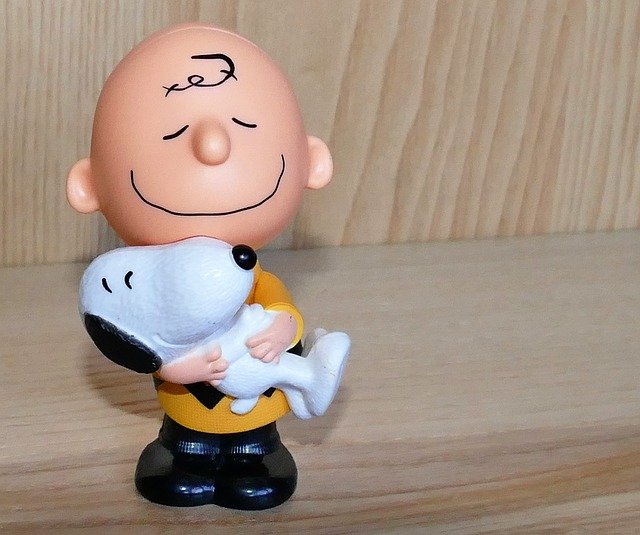So, you wanna write funny tales with zany characters floundering through implausible circumstances to make people laugh… Well, dear reader, you’ve come to the right place. I know a thing or two about writing funny and I’ve cared to share in a carefully curated and honed seminar titled, “I Write Funny – and so can You!”.
Book me now via my contact page on my author site: https://pjcolando.com
The tips and techniques imparted in that seminar, delivered in person and on Zoom, provide a meaty rubric for ‘how to’ and I hope that you have benefitted. The focus of today’s blog is a list of mistakes when those new to the humor genre attempt to write funny characters. Let’s begin the list so that your funny stories don’t miss their mark:
- One cannot merely write funny lines to make a funny character. First the writer must invent a funny character. Prototype characters are the Slob (Pig Pen), the Rube/Perpetual Loser (Charlie Brown), the Royal (the never-seen adults), the Know-It-All (Lucy), and the Absent-minded Professor (Shroeder). As you might surmise, the actions of the character speak louder than his/her words.

- The writer tries too hard to think of funny things for a character to do – in a single situation that has no through line. Merely ascribing zany, crazy actions without being anchored to a known prototype… a reader or audience needs subtext to process the actions rather than have them float in/out.
- The character is cliched, to close to the stereotypic prototype, without the nuances that real people display. For example, James Bond was a Lothario + Man of Action + Know-It-All.

- The dialogue doesn’t sparkle. If a character is properly drawn to provide an ironic contrast with the plot, setting, or other characters, the dialogue should practically write itself. See #1 – the dialogue is a consequence of good characterization and is not written first.
- Just as in any story, if the crazy character wants nothing, then the comedy falls flat. The comic character must be assertive, not passive or inert.
- The comic character isn’t extreme enough.

- There’s too much character description. As with any kind of fiction the tenet is to “show, not tell.”
- The writer doesn’t compel the audience/reader to care about the character.
- The writer doesn’t understand the difference between comedic and dramatic characters – really?! This is basic, Bunky.


Recent Comments